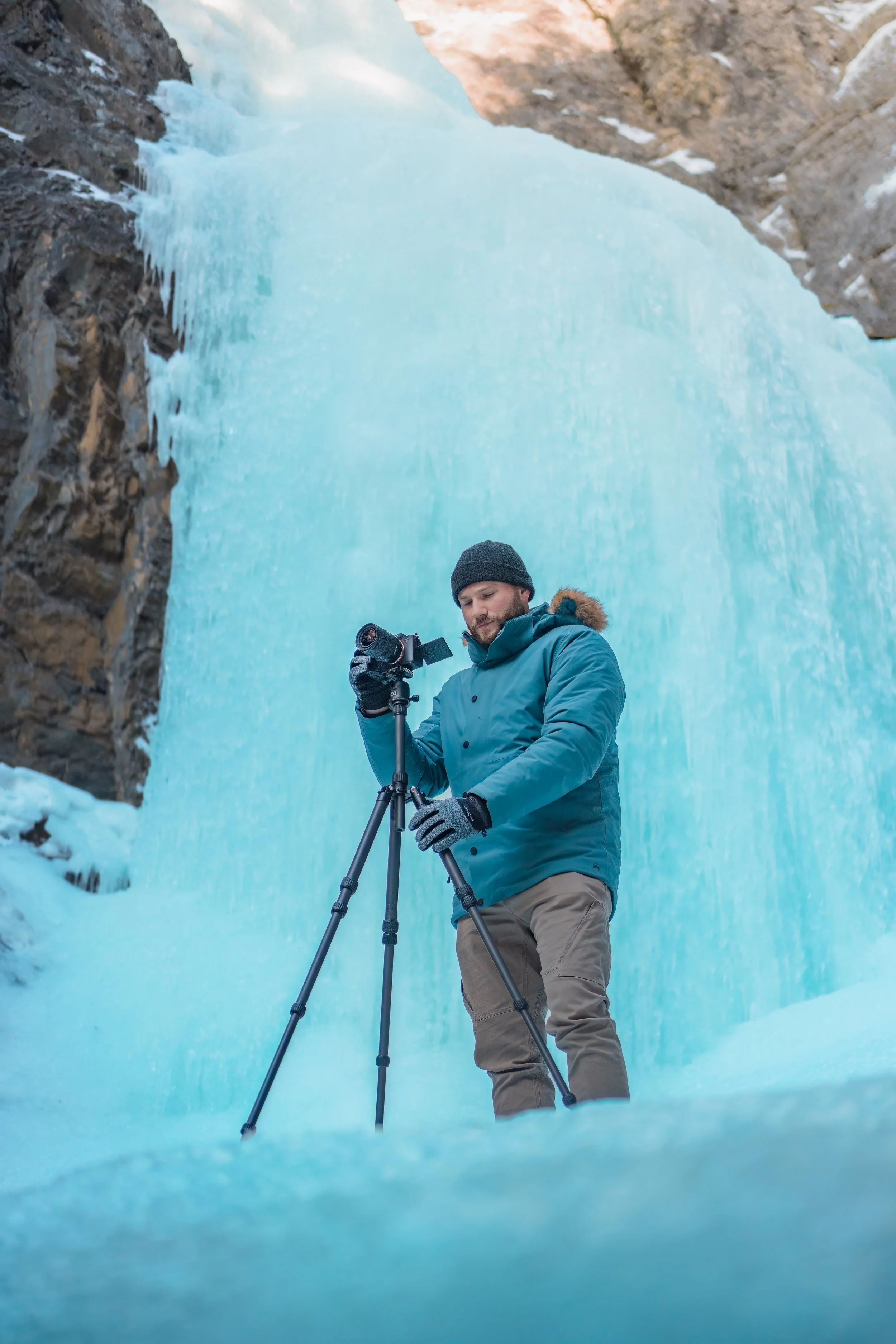How to Shoot in Cold Weather
Each season provides new and unique photo opportunities. Those of us that get to experience winter in its full form understand. There is a duality to shooting during winter. Cold, snowy days can be the catalyst for some amazing photos and adventures but also pose a challenge. Shooting in the cold is not easy and you will often have your frozen hands give out before you’d like them to. In an effort to reduce the chances of getting frostbite and help you tackle harsh conditions, we’ll cover some of our basic tips and gear recommendations for cold weather photography.
Cover Those Hands
It was the middle of January and I found myself at Portland Head Light in Maine. Absolutely freezing conditions but the ocean was alive, pushing large waves against the rugged coast. It was a beautiful scene but within minutes of trying to line up several shots, my hands were quickly becoming useless. Dexterity. Gone! If you live in or have explored a cold environment this is something you have likely experienced. You begin to rush to get the shots you had in mind and they often don’t turn out as you had hoped.
This is where having a pair of photo gloves is game changing. Your usual pair of gloves can be cumbersome and can make using a camera more difficult for the simple fact that most aren’t made with photography in mind. This is where ProMaster Knit Photo Gloves come into play. The index finger and thumb tips are foldable making camera use far easier. These allow you to utilize your device as if you were glove-free. If it's colder than normal you can keep the finger holes closed and still use your camera's touch screen as the index finger is coated with a touch screen compatible material. Better yet, there’s a zipper pouch just above the wrist cuffing where you can add hand warmers for extra warmth or spare SD cards when you’re on the go. These are truly a must have for any photographer that frequents the cold.
Camera performance can begin to decline in severe weather so keeping both your hands and your investment protected is an important consideration. This is where the new ProMaster Cold Weather Camera Parka can help. Wrapping around your entire camera and lens, this parka provides nearly 360 degree coverage from the elements. The outer shell is made of PU coated nylon and provides resistance against wind and rain with a cotton batting and fleece-lined interior providing exceptional warmth. Access your camera from either arm-hole or the removable, clear window that protects your LCD screen. This piece was designed for those that spend long hours in the cold and need to protect themselves and their gear.
Stability
Snow and ice can complicate many things, one of them being gear setup. In many circumstances, you can drive your tripod legs into snow and get a solid footing but there are conditions that simply call for more. Your average tripod foot is good in most scenarios, but doesn’t excel in slippery environments. Upgrading your tripod feet to something designed for aggressive winter and trail use is kind of like putting snow tires on your car. Like snow tires, the ProMaster All-Terrain Feet give your tripod extra bite on difficult surfaces. Each foot has a stainless-steel spike. Quickly add the included sand and snow basket for even more stability. Having these on your tripod provides additional peace of mind when shooting in potentially risky situations.
Another often overlooked element of shooting in the cold is that your static or non-powered gear will get cold to the touch after sitting out. Many tripods are made of aluminum which can become very cold after sitting in the snow and even carbon fiber tripods will have a coldness to them after long exposure. A simple solution to this is adding leg warmers to your tripod. Essentially, these protect your tripod legs from scratches and make for easier handling in cold conditions. It’s simple additions like these that really do make a difference when you’re out in the elements.
Memory
You didn’t hike up that mountain just to have your memory card fail on you. Unfortunately, not all cards live up to the same standards. The ProMaster Rugged line of SD cards were designed for extreme conditions whether it be in the Mojave Desert or the Alps. Here’s a quick breakdown on their toughness:
Shockproof – up to 3 times more impact-resistant than normal memory cards
Waterproof – Sealed design protects against full submersion for up to 72 hours
All-weather – SD cards work from -13°F to 185°F (-25°C to 85°C)
They are also offered in both UHS-I and UHS-II variations meaning they can fit almost any photographer or videographer's needs. Seriously, they're tough!
Safety
All kidding aside, winter weather can be dangerous at times. Extreme cold and shifting surfaces can quickly change the direction of a day. If you’re heading into the mountains on a winter photo mission for the first time try to bring a friend. Pack extra food and water and remember you can always take layers off but you can’t put more on once you’re out there. For you street photographers, sometimes the ice you can’t see is the most dangerous so stay on the lookout. All in all winter can make for some breathtaking captures but also acts as a reminder of the power of nature. Get exploring and stay safe!











